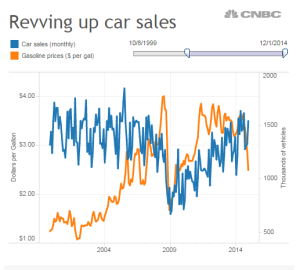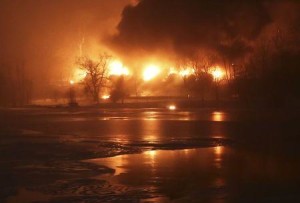I think most people know by now that I am a bit of a TV junkie and right now one of my favorite shows is Castle starring Nathan Fillion and Stana Katic. By now I imagine that you are asking why I am talking about my favorite tv show a blog entitled “Perspectives on the Environment” and admittedly that’s a good question. I’m glad you asked. Well sometimes stars of TV shows are in excellent places to advocate for meaningful change as they have a built in fan base. Stana Katic is a star that has used her platform in a way that has the potential to have a meaningful impact on the environment.
Stana Katic developed the Alternative Travel Project in 2010. According the Alternative Travel Project website, the organization is described as follows:
“The Alternative Travel Project is a global initiative to encourage people to GOcarFREE for just one day.
ATP also encourages public planners and policy makers to provide safe, viable alternative travel infrastructure to support alternative travel choices.
ATP aims to create a worldwide community of people looking to enjoy the social, health and environmental benefits of car-free travel. ATP believes that the steps an individual takes toward alternative travel, even for a single day, can have a global impact. While cars are often a necessary part of our modern existence, they don’t have to be a part of our EVERY day.
ATP highlights opportunities for individuals to volunteer days outside the bubble of their cars and move into an integrated, powerful and positive future for themselves, their community and our planet as a whole.”
The Alternative Travel Project is an exciting movement for a variety of reasons! First of all, the Alternative Travel Project focuses on a practical change that each person to make to help the environment. Often times, groups attempt to solve large sweeping problems through large sweeping changes but unfortunately this does not always result in change. For example, the Union of Concerned Scientists developed what they call a “realistic plan to cut projected U.S. oil use in half in 20 years. By increasing fuel economy, producing better biofuels, and investing in electric vehicles, we can cut our oil use, reduce global warming emissions, and clean up our air.” The realistic plan then goes on to tell readers to buy a fuel efficient or electric car and to consider their vacation plans based on the environment. But this is not always realistic especially for low income families.
In fact the Union of Concerned Scientists actually requests that a Family of 4 take a motor coach for 1,000+ miles if they are going on vacation. Let’s be realistic… no family in their right mind would travel 1,000+ miles with small children on a bus.. that would be hell. Saddling people with such requests unfortunately has the effect of individuals feeling that they can make no difference at all.
The Alternative Travel Project succeeds in impacting change as it makes a small request that everyone has the power to fulfill. Stana Katic’s organization simply requests that every person go car free when traveling. This is a mission that could have a serious positive impact on the environment.
According to the ATP, “if everyone in the world went car free for one day, 11.7 million tons of CO2 would be saved! On average, 1 car emits about 1 pound of CO2 per mile.” Since 1 tree absorbs 20 pounds of CO2 each year, it takes 365 trees to absorb the CO2 that 1 person emits driving 20 miles a day for a year. That’s a big deal! Put simply, one day of being car free could equate to saving 1 billion trees!
This is the impact of the little things. While we as citizens have little to no control over making sweeping change in the field of environmental protection, we can certainly make an impact in small and meaningful ways. I urge you to consider spending one day without a car when your home for the summer or (if you use a car now).
Additionally, consider walking to save the environment using the app charity miles. Through this platform we can donate to The National Conservancy Fund which actively works to limit greenhouse gas emissions by encouraging conscientious living and by working to plant trees which limit our emissions. Additionally, while you are here on campus choose to walk or ride the CATA bus instead of driving a car.
Keep it Green.








